When it comes to using a softbox, the results are affected by simple little things that you just can’t ignore. Photographer Jay P. Morgan from The Slanted Lens explains how you can best place your softbox to get the light you want:
Orienting a Softbox
One dilemma that can arise when working with a softbox is whether to place it vertically or horizontally.
“A softbox has a round area of coverage and it doesn’t matter whether it’s horizontal or vertical. It’s the same area of coverage. What does change is what the softbox can see on the subject matter.”
If you place a softbox horizontally, it can “see” a greater area of the subject’s face. This is a perfect orientation to us if you want to fill in the shadows.
On the other hand, placing the softbox in a vertical orientation will see lesser of the subject’s face. This is a great option if you need hard light on your subject. Also, by moving the softbox around in this orientation, you can get more directional light that produces a moody look.
Feathering a Softbox
“Most people just set a softbox up and they aim it straight at the subject.”
The problem with this is that the softbox will light the subject, the background, and the foreground almost identically. However, you can decide where you want more or less light by feathering the softbox. Feather by turning the softbox away from what you want to be dark and toward something you want to be bright. It’s as simple as that. And it’s not always necessary to aim the softbox at the subject.
Using a Grid on a Softbox
“A grid cuts down what a softbox can see.”
When you place a grid over a softbox, you’re actually cutting down the angle of view of the softbox. This makes the light coming off of the softbox very much directional. As a result, the amount of stray light is cut down significantly and it makes your work easier if you don’t want light falling on the background.
Softbox Size
A large softbox acts as a large light source and sees more of the subject. As a result, it’s able to see into the shadows and soften them down. Larger softboxes produce soft, beautiful light.
On the contrary, a small softbox acts as a small light source and sees very little of the subject. It’s unable to fill in the shadows being formed. Smaller softboxes produce hard, contrasty light.
However, this doesn’t mean that you should always opt for the larger softbox. Your choice should be determined by the look you’re going for and what you’re trying to communicate.
By putting these simple tips into practice, you can get consistent results with a softbox.
Like This Article?
Don't Miss The Next One!
Join over 100,000 photographers of all experience levels who receive our free photography tips and articles to stay current:
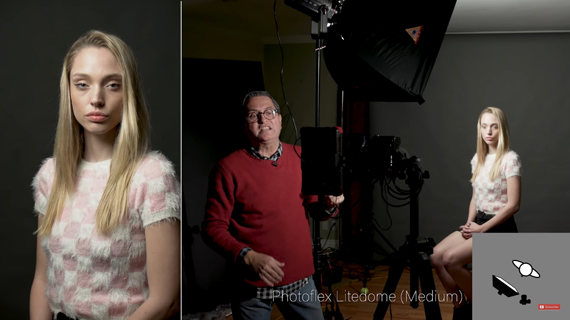
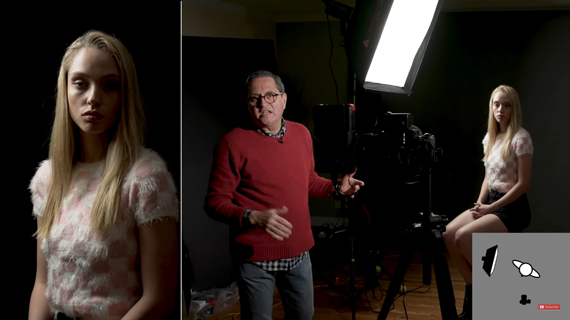
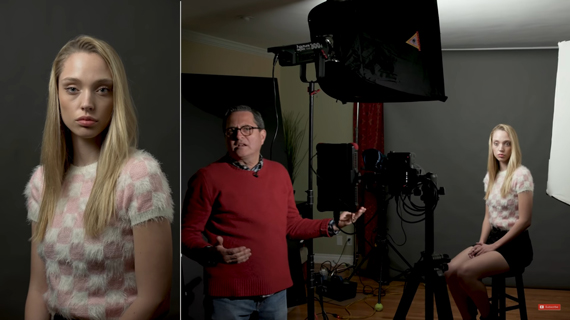
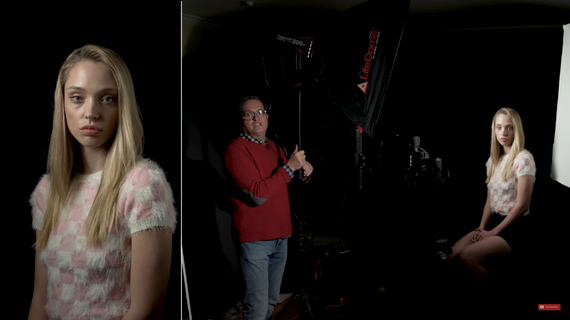
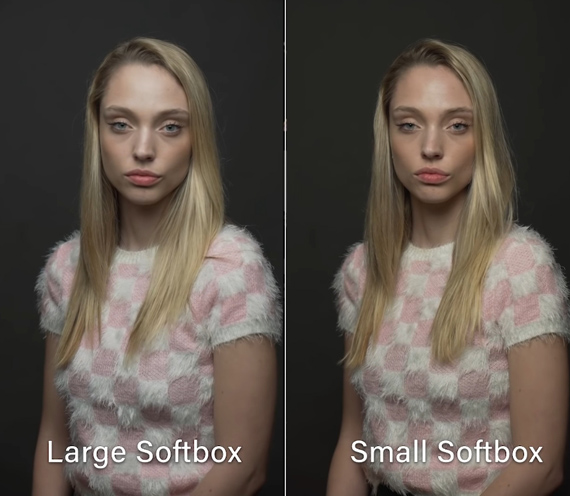






Leave a Reply